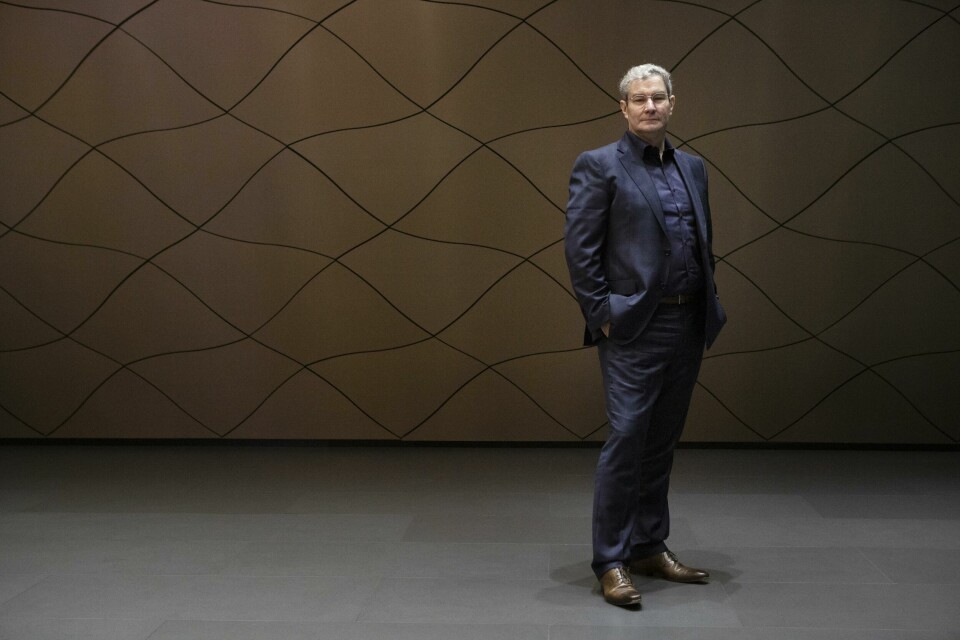
Design interview: Luc Donckerwolke, Hyundai
“As the role of the car changes, we need to avoid a repetition of tasks in the human-machine interface”

Our concept cars are important, of course, but they are only the visible tip of the iceberg in terms of our design work. Their function is to communicate our vision and to prepare the audience for the change that is coming. In 2019, we will show the first production cars that were initiated under the new design leadership, and there are a lot more on the way. They are evidence of the new ‘sensuous sportiness’ design philosophy for Hyundai, and of the next chapter of ‘athletic elegance’ for Genesis.
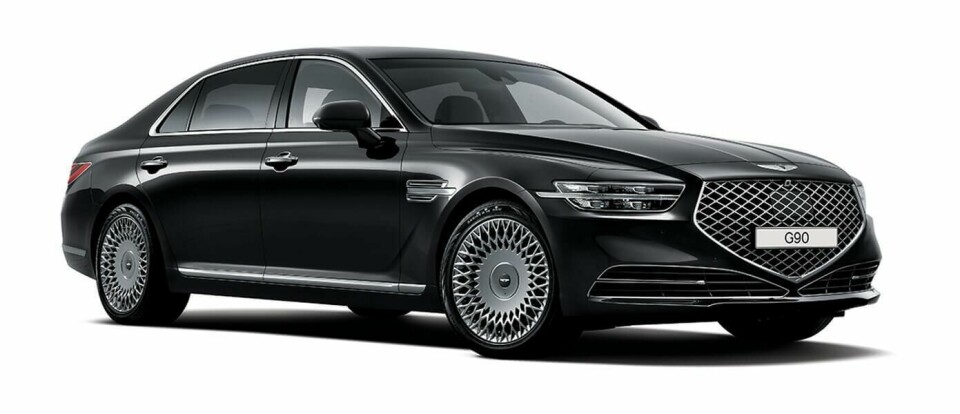
The 2020 G90 flagship sedan [unveiled January 2019, Montreal auto show] is the ultimate expression of the Genesis brand. Its quad-lamp styling theme, prominent horizontal architecture and elements such as the crest grille, crisp parabolic line and cross-hatched ‘G-Matrix’ graphics, as previewed in our recent concepts, are now the design cues characterising the future Genesis production models. We showed these earlier in the Essentia, where our focus was to resist complex exaggerated and artificial features, and to create a pure GT concept that minimises visual clutter and accentuates minimalist beauty. It highlighted our ambition for Genesis as a luxurious car brand, and is the perfect base to project and embody its genetic elements.
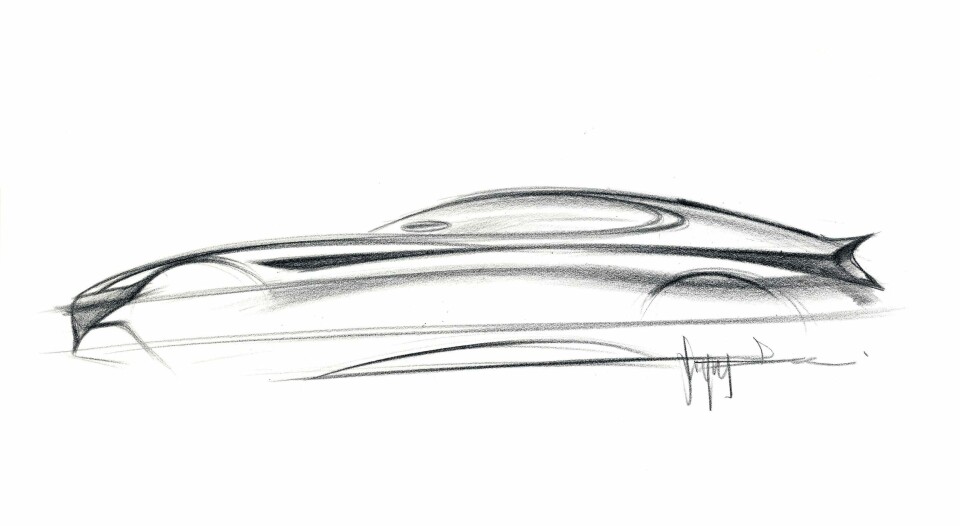
The Le Fil Rouge [Geneva, 2018] is both a reinterpretation of Hyundai’s design DNA that originated from the Coupé Concept in 1974 and an introduction to the theme which will be embodied by all future Hyundais from sedans to SUVs. The goal is to bring instinctive beauty, creating emotional value and desirability, and the Hyundai design mission is defined by the harmony between four fundamental elements: proportion, architecture, styling and technology. Each project in 2018 was relevant for the brands, and each challenge this year has been strategic, but these individual projects should not distract from our long-term strategy. The main objectives we have are to first of all build the right team, then coach the designers for the challenges to come, which involve leaving just styling behind and moving to tackle deeper conceptual design.
My new role as chief design officer across the Hyundai Motor Group means co-ordinating the design for each of the three brands – Hyundai, Genesis, Kia – and developing synergies where appropriate and beneficial, but above all, ensuring strategic design differentiation between them. I was already overseeing the same functions and responsibilities for Hyundai and Genesis, so I was well-prepared for an incremental increase in workload! The main change in my focus, however, lies in how the new organisational structure integrates the chief designers of each brand to ensure open communication. I oversee this as chief design officer, but it is not a one-man show – design is team work, not a star system, and big egos have no place in design.
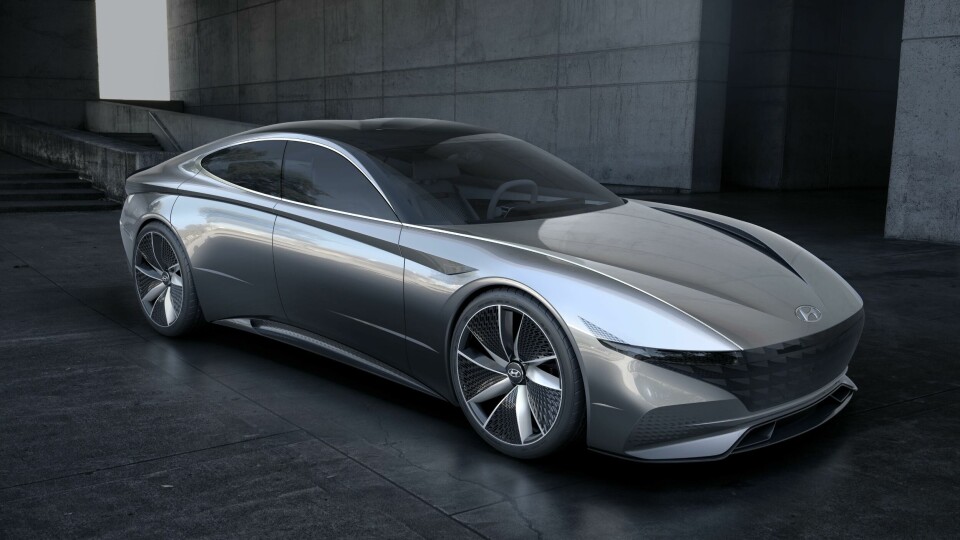
The other main difference in my day-to-day activities involves maintaining a constant presence with the brands in South Korea, but also travelling to keep the Group’s 16 studios and our 959 designers synchronised internationally. I feel lucky to be part of this huge global endeavour, nonetheless, as it allows me to satisfy my curiosity for innovation.
Beyond the design studios, we have so many divisions in the Hyundai Group that I lack the time to network with each one personally, but there comes the advantage of having so many designers, in different locations: they can all help to build our global corporate network, like the designers that worked at Hyundai Cradle [Center for Robotic-Augmented Design in Living Experiences] in Silicon Valley on the Elevate ‘walking car’ project for CES 2019. The process of digitalisation we initiated intensively from three years ago has been the foundation work to break down the walls between divisions, because it means we use a common language: data.
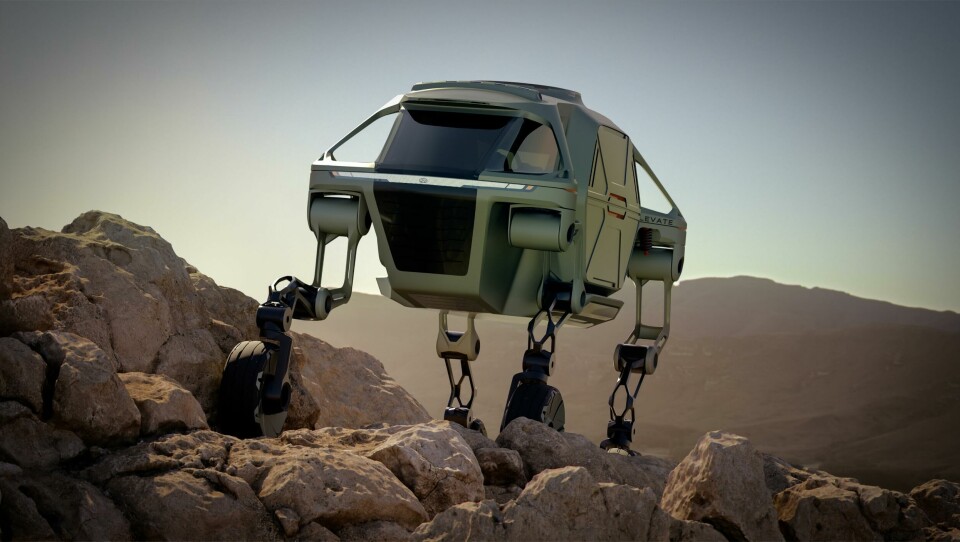
This allows us now to speed up the time to production, mainly by enabling simultaneous connections between engineering and design, without delays. This digitalisation further opens up the door to the application of generative design, 3D printing as seen on the Essentia, and so on. VR technology is also allowing us to review our projects in one virtual presentation, in the presence of our design leaders around the world without the need for them all to travel to one place, which gives further time and operational efficiences. This is a great start, but we are now just waiting for the full implementation of AR as the next big step in our working processes.
In terms of wider influences on our design work, such as those coming from sources external to the company or the automotive industry, we are seeing new challenges – these force us to focus on the customer of the future, and by doing this, they allow us to bury forever superficial styling. For example, as the role of the car changes in people’s lives, we need to avoid a repetition of tasks in the humanmachine interaction, and the time saved will allow the user to focus on their main core competence. This will be the biggest achievement of integrating the vehicle into a system, instead of it being just the insulating capsule that it is today.
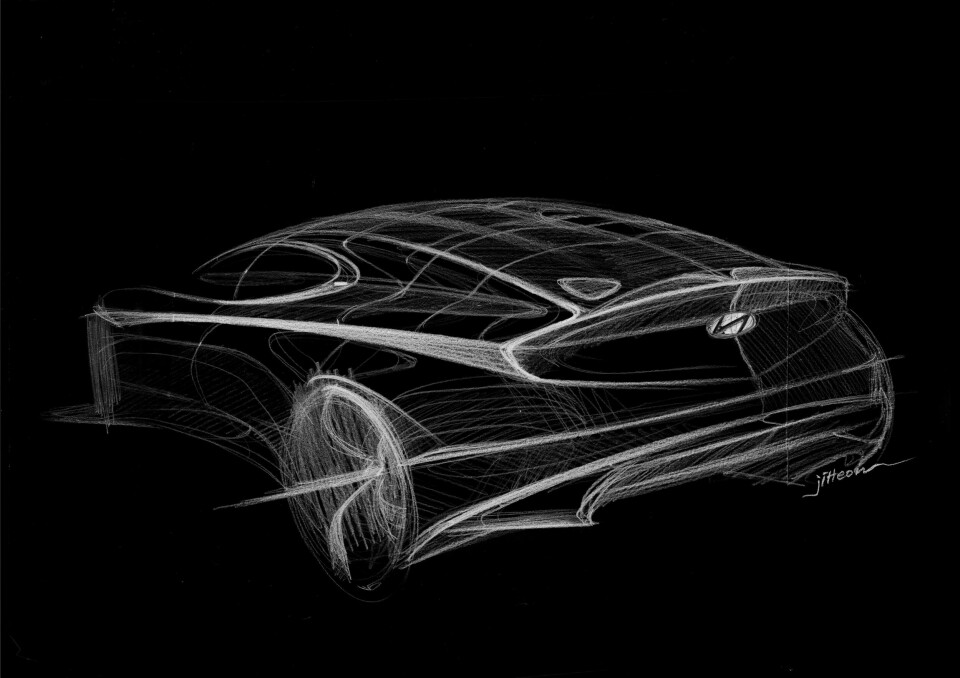
The approach needs to be specific for each vehicle and brand: we are starting from a brand UX that defines the DNA in accordance with each brand’s vision and mission, and then a UX gets derived for each model. In turn, that serves as a guideline for differentiation in design. There are too many inspirations on my work to name them individually. Generally, I like to absorb – like a sponge – influences from both within Korea and globally, and let all of these define a virtual profile of the cars we design. We believe in design without frontiers.



